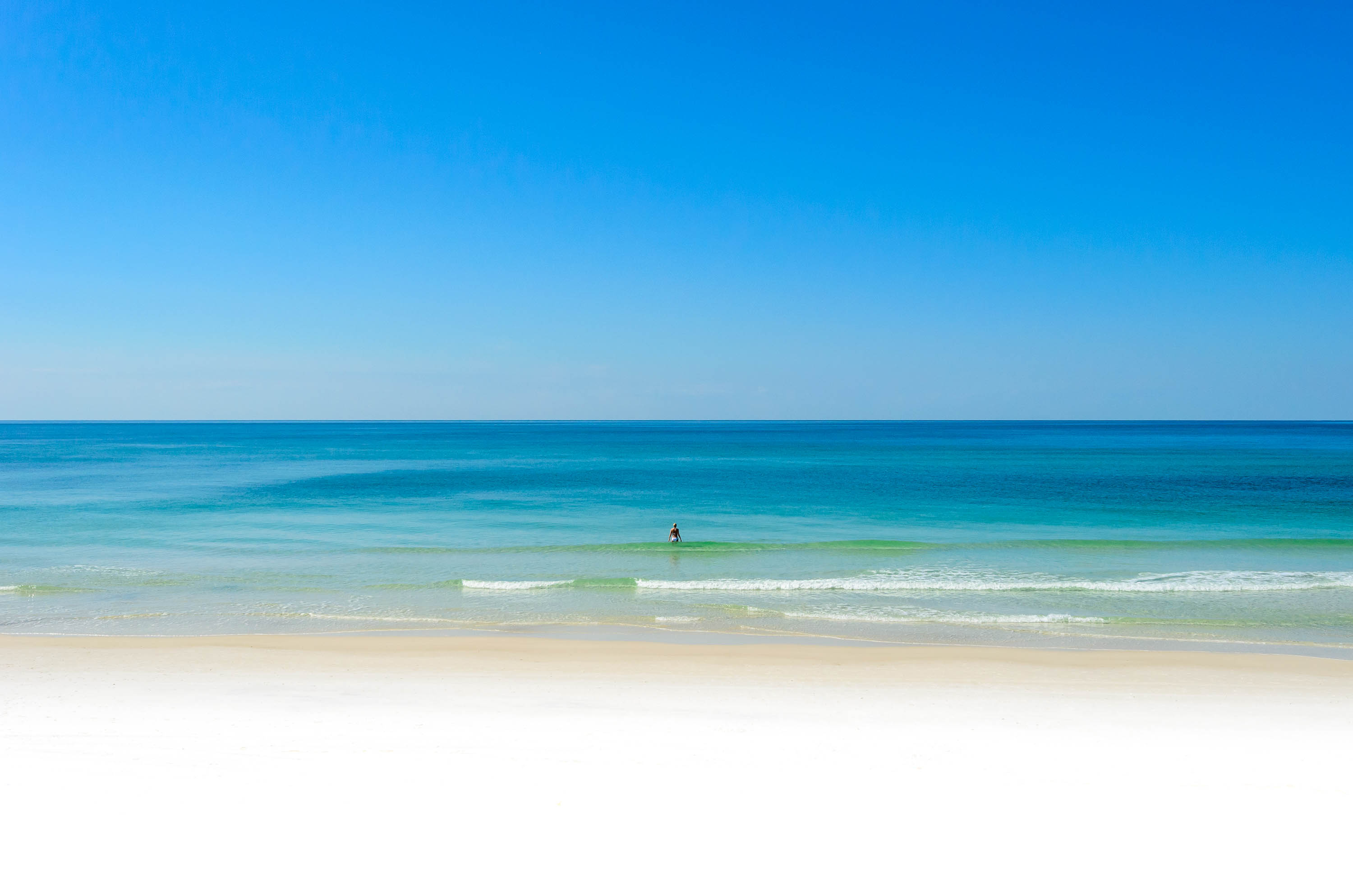BY TOM MCLAUGHLIN FLORIDA FREEDOM NEWS
Wind-borne debris has again become a topic of discussion in Tallahassee, and state and local building association members don?t like it.
The Building Industry Association of Okaloosa and Walton Counties opposes legislation that would require Northwest Florida homeowners living within three miles of the coast to armor their homes against windborne debris.
Presently, thanks to an exemption put into state building code laws passed in 2001, only those local homeowners within a mile of the beach are required to armor against flying debris.
State Sen. Charlie Clary, R-Destin, wrote in the exemption, arguing that no hurricane with winds of 130-140 mph had ever hit Northwest Florida.
Building industry officials say recent blows from hurricanes Ivan, Dennis and Katrina show how well the area?s structures built under the existing building codes can withstand high winds and flying objects.
There is no need to extend the wind-borne debris zone, and doing so would only raise home prices, they said.
?Every newspaper, every editorial writer, thinks if we don?t do it, people are going to die,? said Dan Gilmore, the immediate past president of the Florida Homebuilder?s Association. ?I think that?s pure (expletive).?
Paul Hartzog, a builder and former president of the Building Industry Association of Okaloosa and Walton Counties, said the areas most impacted by pushing the existing wind-borne debris zone two miles north are those where affordable housing can still be found.
?Affordable housing as we know it is going to be gone,? Hartzog said.
Two local representatives, Don Brown, R-DeFuniak Springs and Dave Murzin, R-Pensacola, are among the primary advocates for moving the debris zone inland.
?I don?t believe, based on our experience with Ivan, Dennis and Opal, that we can any longer justify the exemption,? Brown said. ?If we?re going to have people in our area build closer to the gulf than we ought to, at least allow those people protection.?
Murzin sponsored the bill, which includes several ?tweaks? to the Florida Building Code. He said he decided to do so in order to have better control over the aspects of the legislation that impact Northwest Florida.
He said he?d also joined Clary in offering an amendment that would push back the implementation date for the new windborne debris guidelines.
The delay in changing the map is to allow for ?education? on how the new wind-borne debris guidelines will impact builders and residents, Murzin said.
The local business association put out a news release recently that claims ?removal of this exemption will add a minimum of $14,000 to the construction cost of a 2,000-square-foot home.?
That estimate is based on a $6,000 additional cost to install impact-resistant windows and another $8,000 to add impact resistant garage and entry doors, the release said.
Brown said he doubts the validity of the building association?s numbers.
?I think that number is absolutely exaggerated,? said Brown, who works in the insurance industry. ?I have seen other data to contradict that.?
Murzin said home buyers would save more in the long run from lower insurance premiums than they would pay on the front end for homes built to the Florida Building Code standard.
Hal Greer, the executive vice president of the association, could not be reached for comment Monday.
Hartzog said the greatest advocates for lifting Northwest Florida?s wind blowndebris exemption are those who stand to make money from its removal.
?This whole thing comes down to politics,? he said. ?The people bending these legislators? ears are the people selling the products, the people who make storm shutters, windows and other stuff.?
Wind-borne debris has again become a topic of discussion in Tallahassee, and state and local building association members don?t like it.
The Building Industry Association of Okaloosa and Walton Counties opposes legislation that would require Northwest Florida homeowners living within three miles of the coast to armor their homes against windborne debris.
Presently, thanks to an exemption put into state building code laws passed in 2001, only those local homeowners within a mile of the beach are required to armor against flying debris.
State Sen. Charlie Clary, R-Destin, wrote in the exemption, arguing that no hurricane with winds of 130-140 mph had ever hit Northwest Florida.
Building industry officials say recent blows from hurricanes Ivan, Dennis and Katrina show how well the area?s structures built under the existing building codes can withstand high winds and flying objects.
There is no need to extend the wind-borne debris zone, and doing so would only raise home prices, they said.
?Every newspaper, every editorial writer, thinks if we don?t do it, people are going to die,? said Dan Gilmore, the immediate past president of the Florida Homebuilder?s Association. ?I think that?s pure (expletive).?
Paul Hartzog, a builder and former president of the Building Industry Association of Okaloosa and Walton Counties, said the areas most impacted by pushing the existing wind-borne debris zone two miles north are those where affordable housing can still be found.
?Affordable housing as we know it is going to be gone,? Hartzog said.
Two local representatives, Don Brown, R-DeFuniak Springs and Dave Murzin, R-Pensacola, are among the primary advocates for moving the debris zone inland.
?I don?t believe, based on our experience with Ivan, Dennis and Opal, that we can any longer justify the exemption,? Brown said. ?If we?re going to have people in our area build closer to the gulf than we ought to, at least allow those people protection.?
Murzin sponsored the bill, which includes several ?tweaks? to the Florida Building Code. He said he decided to do so in order to have better control over the aspects of the legislation that impact Northwest Florida.
He said he?d also joined Clary in offering an amendment that would push back the implementation date for the new windborne debris guidelines.
The delay in changing the map is to allow for ?education? on how the new wind-borne debris guidelines will impact builders and residents, Murzin said.
The local business association put out a news release recently that claims ?removal of this exemption will add a minimum of $14,000 to the construction cost of a 2,000-square-foot home.?
That estimate is based on a $6,000 additional cost to install impact-resistant windows and another $8,000 to add impact resistant garage and entry doors, the release said.
Brown said he doubts the validity of the building association?s numbers.
?I think that number is absolutely exaggerated,? said Brown, who works in the insurance industry. ?I have seen other data to contradict that.?
Murzin said home buyers would save more in the long run from lower insurance premiums than they would pay on the front end for homes built to the Florida Building Code standard.
Hal Greer, the executive vice president of the association, could not be reached for comment Monday.
Hartzog said the greatest advocates for lifting Northwest Florida?s wind blowndebris exemption are those who stand to make money from its removal.
?This whole thing comes down to politics,? he said. ?The people bending these legislators? ears are the people selling the products, the people who make storm shutters, windows and other stuff.?












